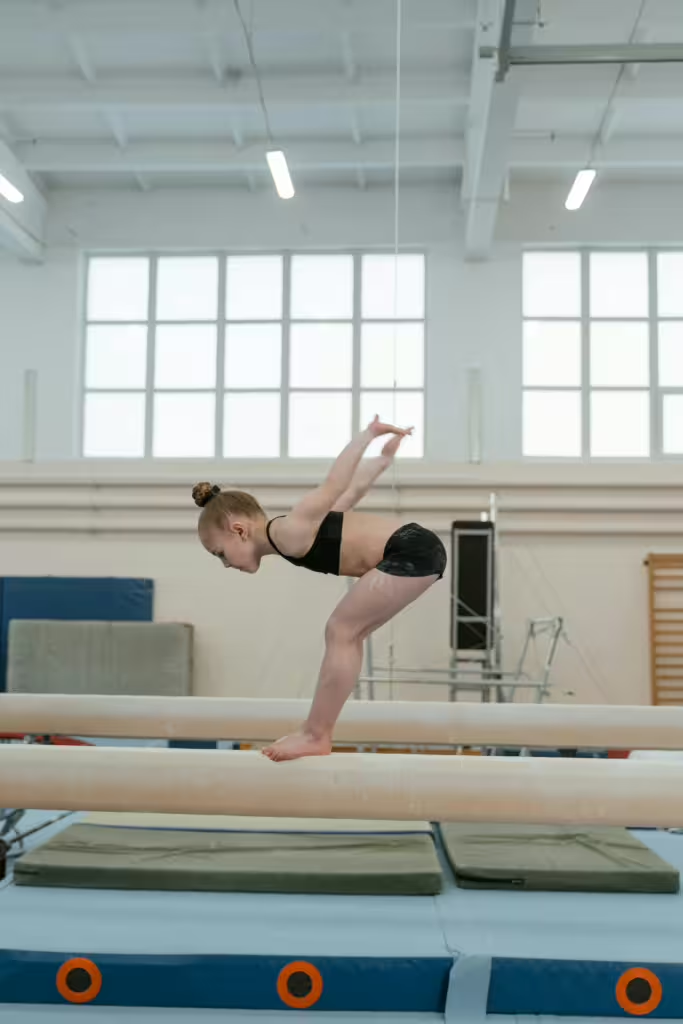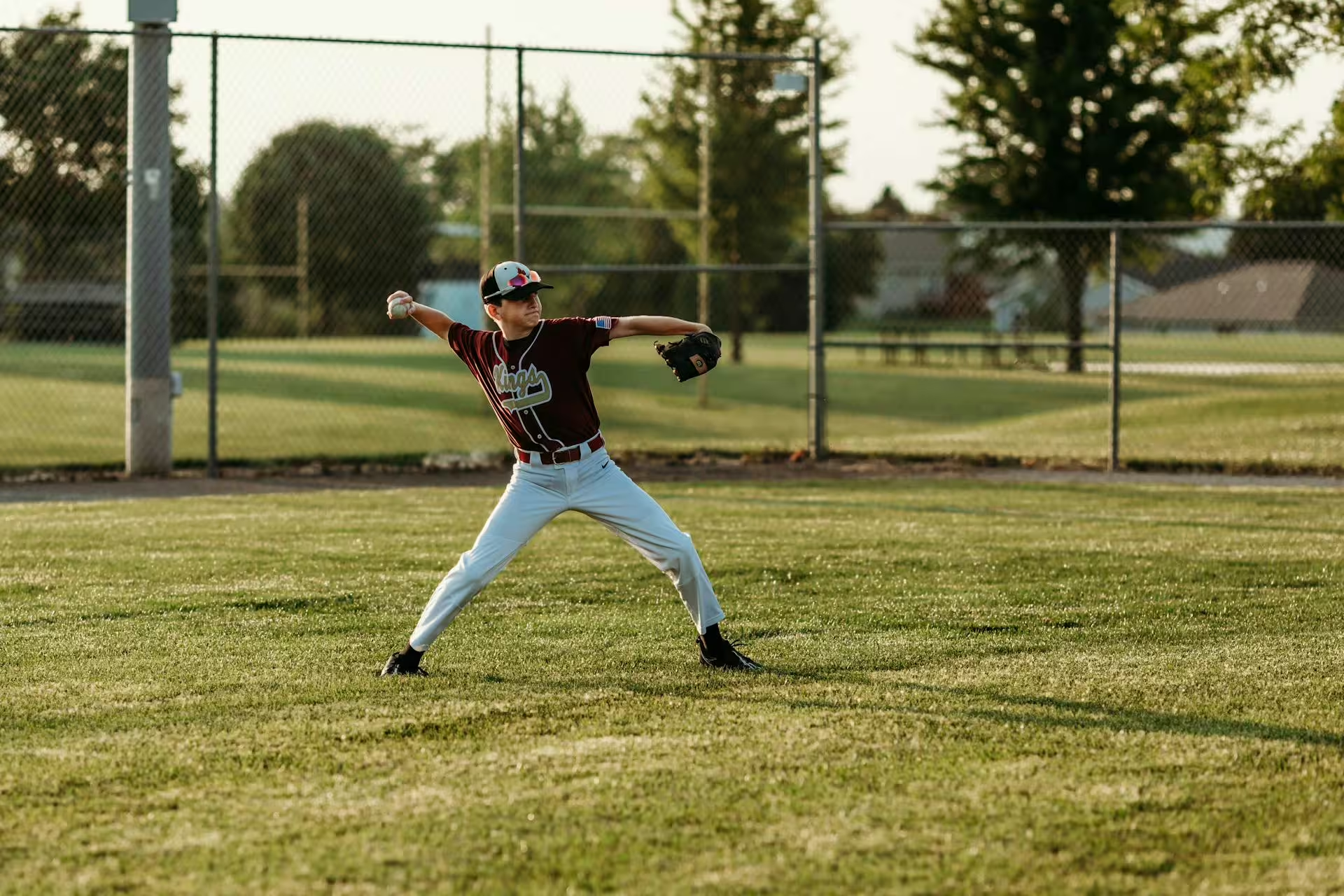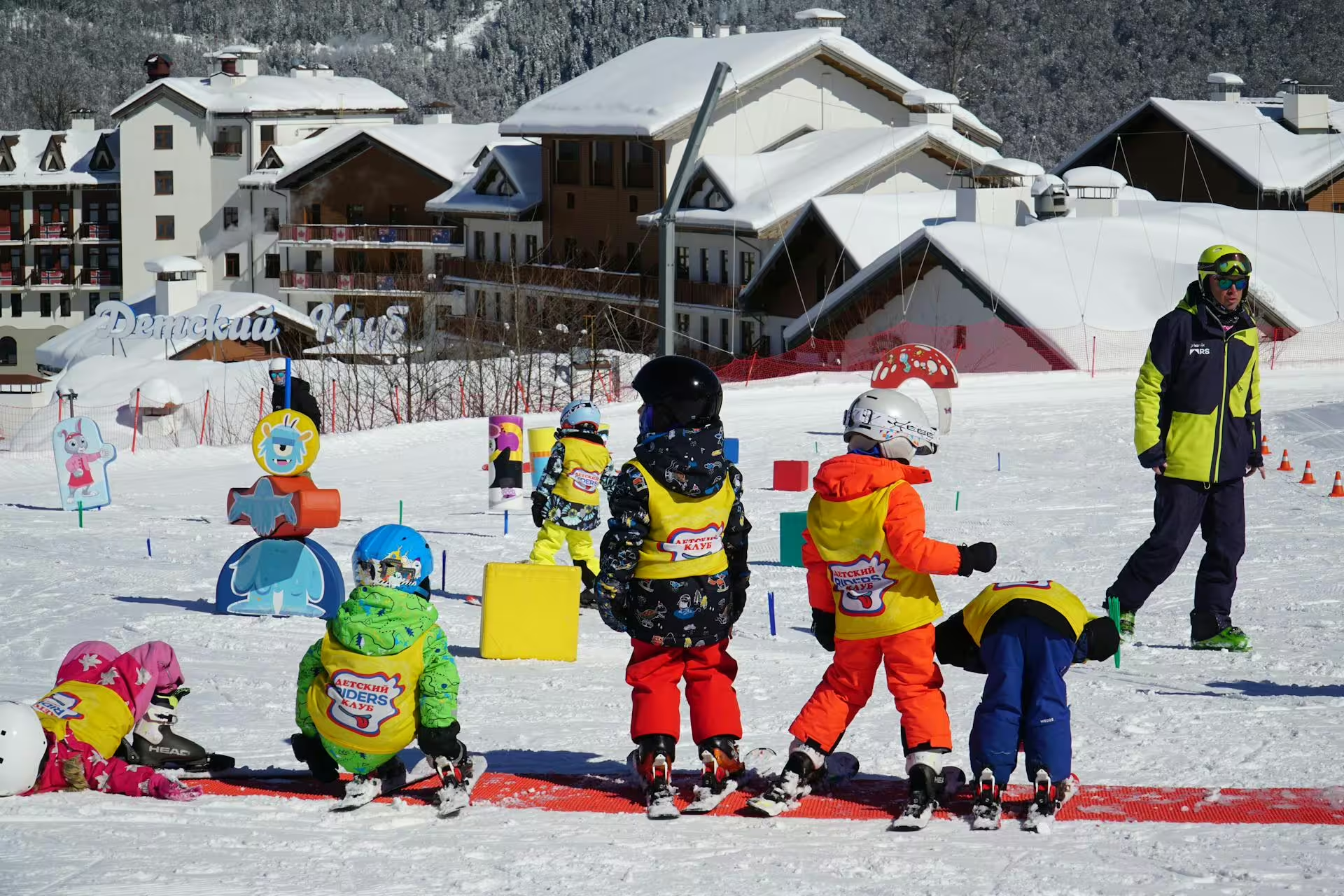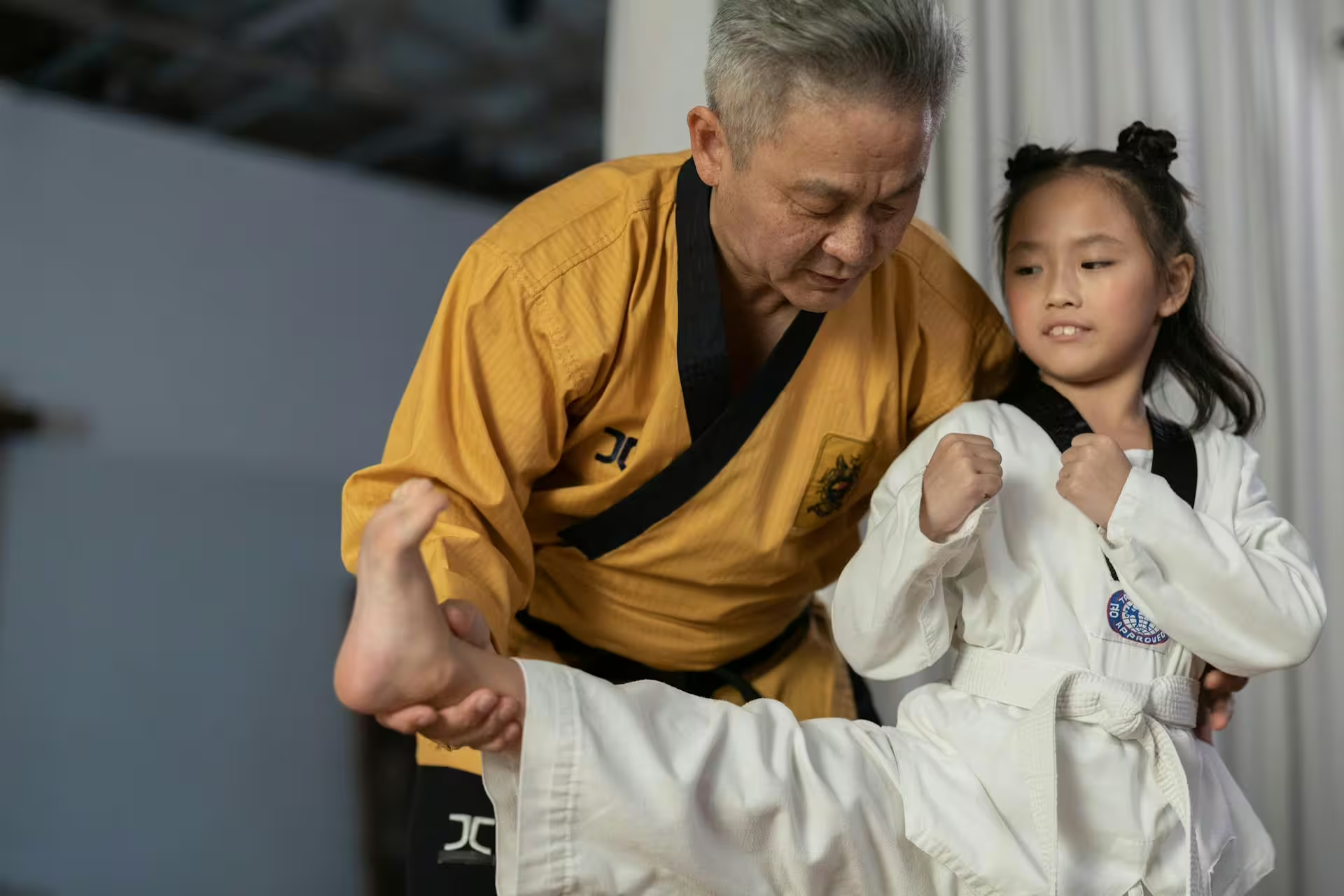With winter just around the corner, parents all over the United States are looking for ways to keep their kids engaged and physically active throughout the season. For many younger kids, the answer lies in a sport that can trace its roots all the way back to the first Olympic Games; gymnastics.
Children are often able to start gymnastics from a very young age, even as young as two in some cases; though this is more like roll-around than actual gymnastics. Be that as it may, those children who do get the early opportunity to try the leaps, spins, jumps, and tumbles of gymnastics, usually stick with it for at least a few years. It is hard to resist the thrill of pure movement and expression, after all.
Parents of young kids in gymnastics often develop a similar appreciation for the sport. It is a sport that is both exciting and intimidating for young kids and it is beautiful to watch. But one of its most interesting facets lies in its demand for discipline, balance, and strength; all traits that will help children in other areas of their lives.
Another interesting facet of the sport lies in its dual nature. On one hand, athletes are expected to perform as individuals, they are meant to master their own personal routines and compete solo. And yet, at the same time, being a part of a gymnastics squad is a deeply social experience. Young athletes train together, support one another, and rely on their fellow teammates for encouragement, safety, and camaraderie.
In this article, we will discuss youth gymnastics as a whole, with a particular focus on the dual-nature of the sport. We will talk about the many benefits this sport offers and why so many parents are looking to get their kids involved during the fall and winter months.

The Basics: What Gymnastics Is All About
Gymnastics isn’t a one-size-fits-all sport. There are several branches, and kids can explore including, artistic gymnastics, rhythmic gymnastics, acrobatic gymnastics, trampoline, and tumbling. Children can also join recreational or general gymnastics, which are two programs best suited for younger children.
Though some recreational centers offer roll-around programs for younger children, most foundational classes for kids begin around ages 3 to 6. In these beginner programs, the emphasis is on the basics of balance, coordination, and flexibility. Competition is not a factor at this stage, nor should it be. Instead, children learn . Kids learn how do do forward and backward rolls, cartwheels, handstands, how to walk on the balance beam, and how to jump or vault off padded equipment.
Much about these beginner classes is focused on body awareness, core strength, and building confidence. As kids age up and enter their teen years, gymnastics evolves with them. The later stages are less about having fun on the mats and more about a structured process involving precise routines, scoring, and in time, competition!
The Independence Factor: Learning Self-Discipline
As per our introduction, our discussion today is about how gymnastics is not only one of the most individually focused sports children can experience, it is also very socially enriching. To begin, we will discuss how each athlete is responsible for their own progress, before going into how athletes can help each other succeed.
Setting Personal Goals
In team sports, a single players performance can mean the difference between a loss and win for the entire team. This means that a single loss can affect everyone. Gymnastics is a bit different, though. Scores here are personal and so, an athlete is meant to set their own goals and benchmarks, honing their own skills along the way. Because of this, even the smallest milestones—like sticking a landing or mastering a back handspring—feel monumental to each, individual player. That said, perfection isn’t necessary from the start, only slow growth and personal achievement.
Confidence, Work Ethic, and Focus
Over time, gymnasts learn to develop resilience, perseverance, and inner confidence. They learn to trust themselves and their own abilities, even if they are eventually tasked with performing under pressure. Gymnastics, like all sports, rewards players for being consistent and keeping up with themselves. It helps children to learn focus, patience, and work ethic. Practice doesn’t make perfect here, it marks progress, and that is ultimately more important in a sport where one’s measure of success is based on one’s own personal goals.
The Social Side: Finding Connection in a Solo Sport
Now, where the actual performance of gymnastics is done on one’s own, the training environment is highly social. Gymnasts will end up spending hours together in the gym everyday. They will spot each other on equipment, learn from one another, and cheer each other on. Yes, they are trying to get better, but it doesn’t hurt their progress to want to see their teammates succeed as well.
Team Spirit in an Individual Sport
Most gymnastics programs, especially at higher and more competitive levels, organize young athletes into teams or squads. And yes, each gymnast does compete on their own, but their scores can contribute to the success of the whole squad at meets and competitions. In the end, this type of shared purpose is what helps kids to do better for themselves and their peers. Thus, just like running a field goal, the success of one person’s performance can do much to support the whole group.
At the same time, because teammates practice side by side for years, they end up forming deep friendships. Those friendships are built on mutual encouragement and trust, and the shared experience of pushing one’s own limits, falling, and learning to get back up can strengthen the bonds of trust gymnasts feel with one another. There is also an empathy that comes from being part of a team and a sense of real belonging.

Socialization Enhances Development
Emotional Support and Motivation
Gymnastics might be a physically and mentally demanding sport, but it gets a whole lot easier when you have supportive teammates to help you succeed. Kids who work tother through tough practices, setbacks, and competitions, learn about solidarity and the shared triumphs that come from facing similar tribulations.
Leadership and Mentorship
Some older gymnasts may be asked to become role models for younger ones. This role involves helping the younger athletes learn the proper skills or perfect their routines. Mentorship fosters leadership in the older generation and empathy in both parties. At the same time, the younger gymnasts gain inspiration and guidance from peers who have already faced many of the challenges that might be currently affecting their progress.
Learning Healthy Competition
It should also be noted that training alongside one’s peers and seeking to excel in one’s own way, often past those peers, does not necessarily mean that there is a rivalry at work. Working alongside others can push each child to their own goals, to find their own definition of excellence. As we touched on earlier, cheering for others doesn’t diminish one’s own achievements—it enhances them.
Balancing Independence and Teamwork
Fortunately, the inherently dual nature of gymnastics offers children the best of both worlds. This is a sport that cares about personal accountability. Kids can take pride in their efforts and learn to perform on their own. After all, there are few ways to cover a mistake when all eyes ore on you. At the same time, kids learn that their success ties them to the success as a whole, so they are responsible for themselves and their squad’s success; not all the time, mind you, but often enough.
Doing well for one’s self means doing well for the team as a whole. Then there’s the fact that even practice involves working together. Kids clean up equipment, learn to take turns, and cooperate with one enough to make sure each person has the chance to learn, grow, and succeed.
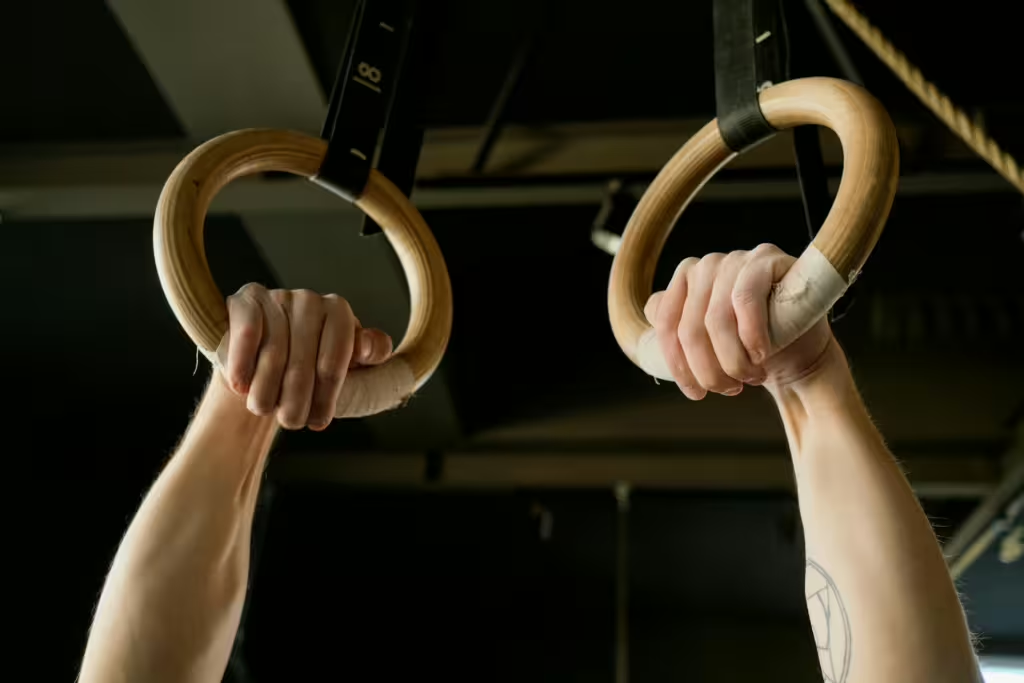
Cultured Athlete Says…
As you can see, gymnastics offers the perfect balance, literally and figuratively, of sport, socialization, skill, and strength. Through participation kids learn how to depend on themselves and how to be a part of a group, all at once. In the end, gymnastics does not have to be about competition, it can be a gateway towards lifelong friendships, athleticism, and a love of physical movement. It could also prove to be the catalyst for many other sports, indoor and otherwise, and provide fertile soil for life-lessons that your child will be able to take with them as they grow.
Discover more from CulturedAthlete
Subscribe to get the latest posts sent to your email.

